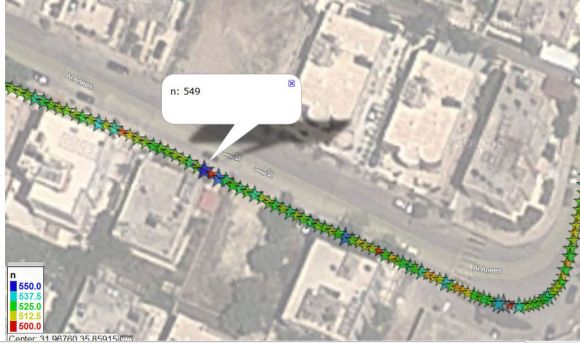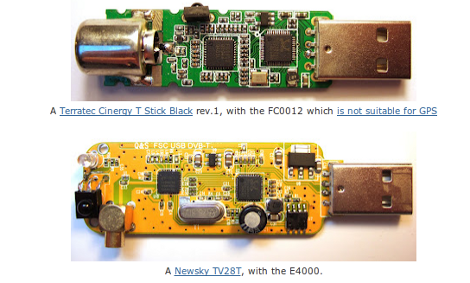![]()
Instead of walking his kid to the bus stop like he used to, [Paul Wallich] lets this quadcopter watch his son so he doesn’t have to. It is quite literally an automated system for tracking children — how wild is that?
The idea came to him when wishing there was a way to stay inside the house during the winter months while still making sure his kid got to the bus stop okay. [Paul] picked up a quadcopter kit and started looking at ways to add monitoring. He found the easiest technique was to include a cellphone and watch via a video chat app. But that is only part of the build as he would still have to fly the thing. After searching around he found a beacon that can be placed in the backpack. It has a GPS module, an RF modem, and runs a stripped down Python scripting shell. Whenever the GPS data changes (signaling his son is on the move) it uplinks with the quadcopter and gives it the new coordinates.
This goes a long way to making your family a police state. May we also recommend forcing the children to punch a time clock?
[via: theGrue]
















